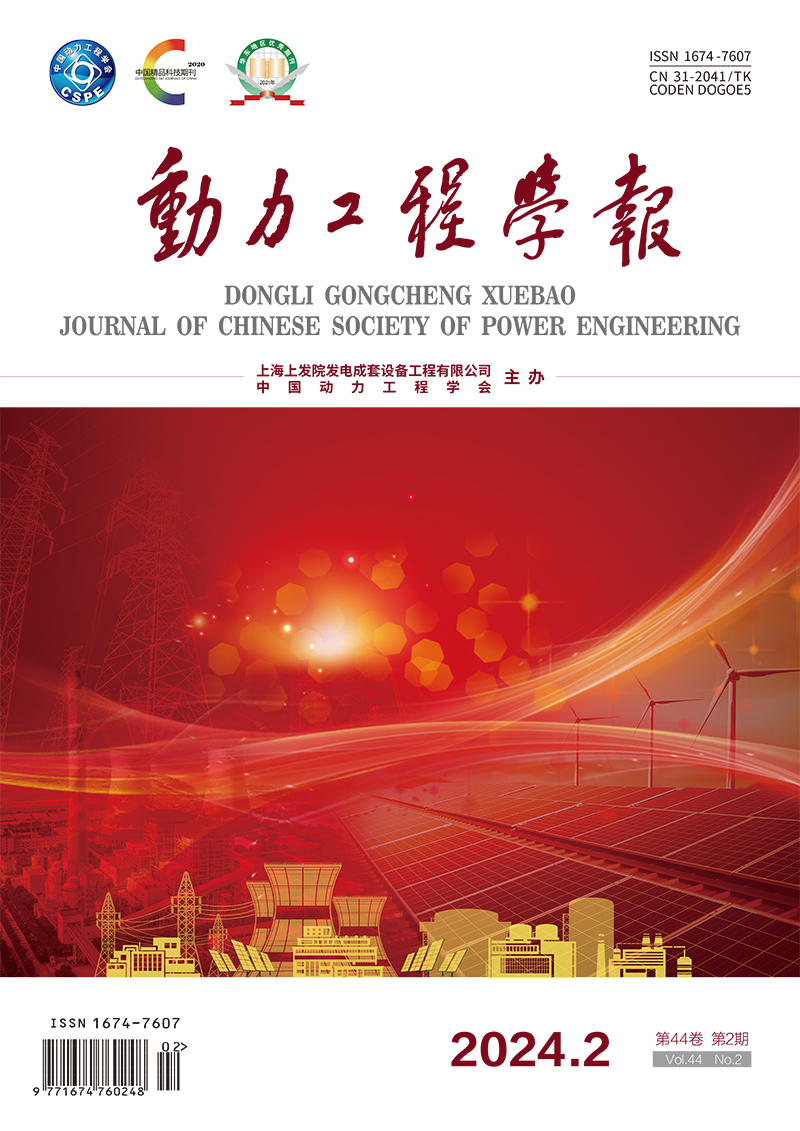Topic on Efficient Utilization of Biomass Energy Resources
GAO Yali, TIAN Lina, WEI Juntao, YU Guangsuo, WANG Fuchen, HUANG Ankui, XU Deliang, ZHANG Shu
Syngas purification technologies for various pollutants in syngas were mainly reviewed, and the technologies can be classified into hot and cold gas purification according to different treatment methods and different treatment temperatures. For solid particulate pollutants, physical removal is used for both hot and cold gas purification; for tar treatment, physical separation is generally used for cold gas purification, while the methods such as adding catalysts during high-temperature thermal cracking or gasification process are used in hot gas purification; based on a good water-solubility of nitrogenous pollutants, most of cold gas purification technologies use water, acid or organic solvents to absorb directly, while hot gas purification usually uses catalytic oxidation; compared with nitrogenous pollutants, cold gas purification for sulfurated pollutants, not only can use liquid solvents to absorb, but also can use solid adsorbents such as porous carbon materials to absorb, and metal oxides are considered to have good adsorption properties for sulfurated pollutants at high temperatures. For chlorine compounds removal, cold gas purification is applied through following two mechanisms, such as ammonium chloride (NH4Cl) deposition and absorption of hydrogen chloride (HCl) vapor, hot gas purification is applied through metals depositing with halides as halide salts.
